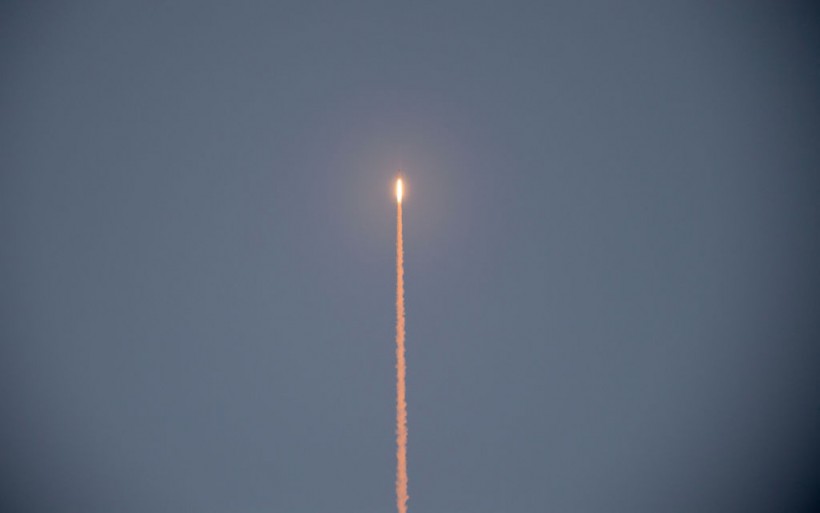Europe was supposed to launch its brand-new Vega C rocket into orbit until everything went south, as reported first by Space.com.
On Tuesday, Dec. 20, the Vega C conducted a medium-lift Vega C European Spaceport in Kourou, French Guiana, with a payload of two high-tech satellites for Airbus' Pléiades Neo Earth-imaging constellation.
The P120C first stage of the rocket successfully completed its task. But the same thing could not be said for the second stage, The Zefiro 40.
The Vega C mission was terminated approximately 2 minutes and 27 seconds after launch due to an anomaly on the Zefiro 40, according to a statement released on Tuesday night by Arianespace, the French corporation that runs the brand-new rocket.
To determine the causes of this failure, data studies are currently being conducted.
 (Photo : MARC PREEL/AFP via Getty Images)
(Photo : MARC PREEL/AFP via Getty Images)
Picture taken on November 23, 2022 shows the launch of the "SubOrbital Express 3" suborbital rocket from the Esrange Space Center in Jukkasjärvi, northern Sweden.

Picture taken on November 23, 2022 shows the launch of the "SubOrbital Express 3" suborbital rocket from the Esrange Space Center in Jukkasjärvi, northern Sweden.
All About the Vega C
The European Space Agency (ESA) created the Vega C, run by Arianespace.
The four-stage, 115-foot-tall (35 meters) Vega rocket, which made its initial flight in 2012, has been upgraded to be more potent. Arianespace estimates that the Vega C can carry around 5,070 pounds (2,300 kilograms) of payload to a 435-mile-high (700-kilometer) sun-synchronous orbit as opposed to the older rocket's 3,300 pounds (1,500 kg).
The Pléiades Neo 5 and Pléiades Neo 6 spacecraft, which failed on Tuesday, collectively weighed 4,359 pounds (1,977 kg). The two were traveling into a sun-synchronous orbit, where they would have finished the Pléiades Neo Earth-imaging constellation for Airbus.
The constellation, which is made up of four identical satellites, was constructed using the most recent technology advancements and innovations from Airbus. It enables multiple daily images of any location on the planet with a resolution of 30 centimeters (12 inches).
"Highly agile and reactive, they can be tasked up to 15 minutes before acquisition and send the images back to Earth within the following hour," Arianespace wrote in a mission description.
"Smaller, lighter, more agile, accurate and reactive than the competition, they are the first of their class whose capacity will be fully commercially available."
Read also: ESA's New Arrakhis Orbiting Telescope to Track Down Dark Matter; Here's How It Works
Successful Launch
The Vega C had completed one flight before Tuesday. The Italian Space Agency's LARES-2 satellite, weighing 650 pounds (295 kg), and six additional CubeSats were successfully launched by the rocket in July 2022.
The launch date for Tuesday's mission was originally set for November 24. However, Arianespace had to open the Vega C's payload fairing at a processing facility in Kourou to fix malfunctioning equipment on the rocket, which caused a delay for over a month.
Additional investigations will likely aim to determine whether the malfunctioning hardware played a role in the launch mishap. On Wednesday, Dec. 21, Arianespace intends to have a media teleconference to reveal more details about the failed launch.
Related Article: Europe Launches New Weather Satellite to Track Unpredictable Events Amid Climate Crisis






